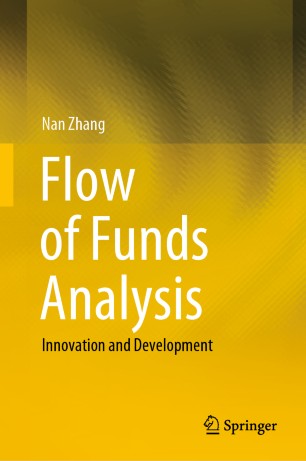

Most ebook files are in PDF format, so you can easily read them using various software such as Foxit Reader or directly on the Google Chrome browser.
Some ebook files are released by publishers in other formats such as .awz, .mobi, .epub, .fb2, etc. You may need to install specific software to read these formats on mobile/PC, such as Calibre.
Please read the tutorial at this link: https://ebookbell.com/faq
We offer FREE conversion to the popular formats you request; however, this may take some time. Therefore, right after payment, please email us, and we will try to provide the service as quickly as possible.
For some exceptional file formats or broken links (if any), please refrain from opening any disputes. Instead, email us first, and we will try to assist within a maximum of 6 hours.
EbookBell Team

4.1
60 reviewsThis book discusses the theory, methods, and applications of flow of funds analysis. The book integrates the basic principles of economic statistics, financial accounts, international finance, econometric models, and financial network analysis, providing a systematic and comprehensive introduction to the interconnection between these research fields. It thus provides the reader with the intellectual groundwork indispensable for understanding the workings and interactions of today’s globalized financial markets. The main focus of the book is how to observe the flow of funds in macroeconomics, how to measure the global flow of funds (GFF), and how to use GFF data to carry out an analysis. Based on the statistical framework for measuring GFF under the System of National Accounts, the book identifies the systematic relationship of financial linkages among economic sectors and with the rest of the world while integrating data sources that include stock data, geographically broken down by country–region, and selected financial instruments. It sets out the GFF concept and constructs a GFF matrix (metadata) on a from-whom-to-whom basis within a country-by-country pattern. Lastly, an established GFF matrix table is used to conduct an empirical study including an econometric model and financial network analysis.